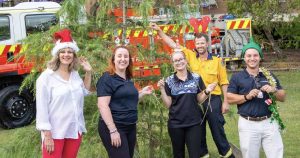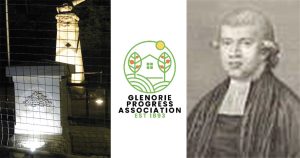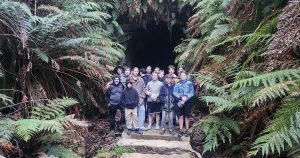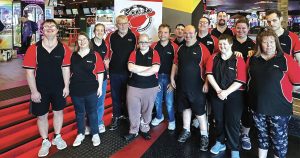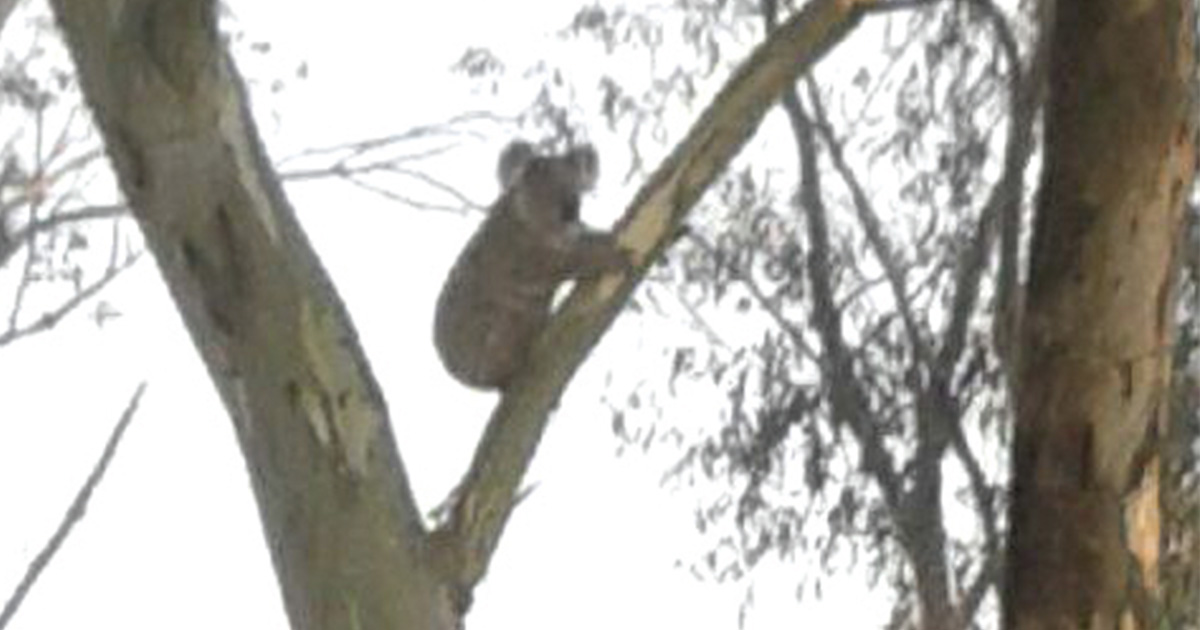
Hills-Hornsby Rural Koala Project (HHRKP) is a volunteer run group working with community to monitor and investigate koala presence in our area, particularly in the Glenorie, Maroota and Wisemans areas.
HHRKP was established in 2018, and is a sub group of Cattai Hills Environment Network. The group came thogether after some sightings indicated that koalas may be returning to the area after the 2002 fires.
At the time it was not known whether koalas still existed in the Hills and Hornsby areas as they had done historically. HHRKP wanted to establish whether we have a breeding population as we did prior to the 2002 fires and to investigate population density and distribution.
Since 2018 HHRKP has worked with community, building a map of koala sightings, reported by community members. Today the map includes 32 verified sightings and calls heard from recent years, which includes at least 3 females – 2 by call recording in different areas and times and 1 with testing of scat which showed her to be disease free!! There are also more than 53 anecdotal (non verified) sighting reports.
The group was lucky enough to have the opportunity to collaborate with Wildseek in 2024, to conduct some thermal drone work, searching for thermal heat signatures. Wildseek is a Wires, Landcare Australia and Queensland University of Technology partnership. Koalas were detected in 4 out of 5 sites flown over by Wildseek.
At this stage all evidence points towards a low density permanent population of koalas in the Hills-Hornsby rural areas, with more work being done to better understand distribution and population density of the population.
HHRKP believes that understanding more about distribution and population density can be used to help protect koalas from accidents, dog attacks, habitat loss and bush fire.
The group also hopes that the koala can be used as a flagship species to advocate for conservation of the bushland, which will protect all the other critically important flora and fauna in the region.
HHRKP wants to get our local koala population recognised by NSW Koala Strategy, which currently does not list Hills Hornsby or Hawkesbury as koala regions at all.
Koalas use various local trees for feeding including Grey gum (E.punctata) Swamp mahogany (E.robusta), Red ironbark (E.fibrosa), Blackbutt (E.pilularis), Mountain blue gum (E.deanei) and Yellow bloodwood (C.eximia) to name a few. They have also been known to use some types of Angophora & Melaleuca.
In addition to koala work, HHRKP is collecting data on local wildlife using song meters, cameras and observations in the bush in order to upload this information onto Bionet. We are in such an ecologically important and biodiverse bushland which endangered and threatened species depend on, and that seems to be under recognised.
Getting the data onto Bionet is an important step toward having this recognised. Some examples of the incredible biodiversity of our area, particularly Maroota Forest, include greater gliders, yellow bellied gliders, healthy wombats, pygmy possums, gang gang cockatoos, powerful owls, extensive wetland bird life and much more.
HHRKP is always looking to make contact with community members and to hear whether people have heard or seen koalas in recent years. If you have heard or seen a koala in recent years please reach out to HHRKP by mobile 0424 844 740 or on facebook messenger https://www.facebook.com/hhrkp/

